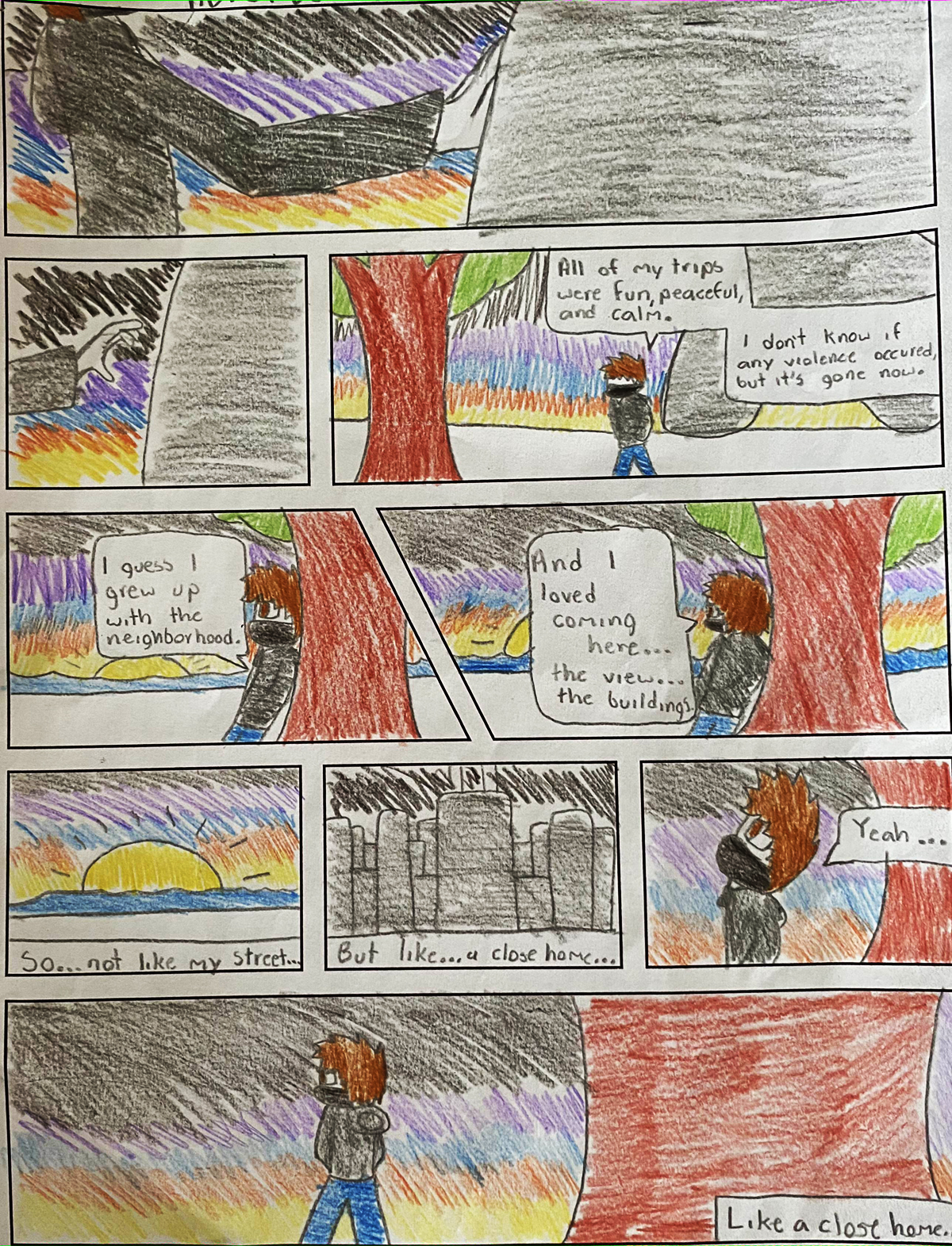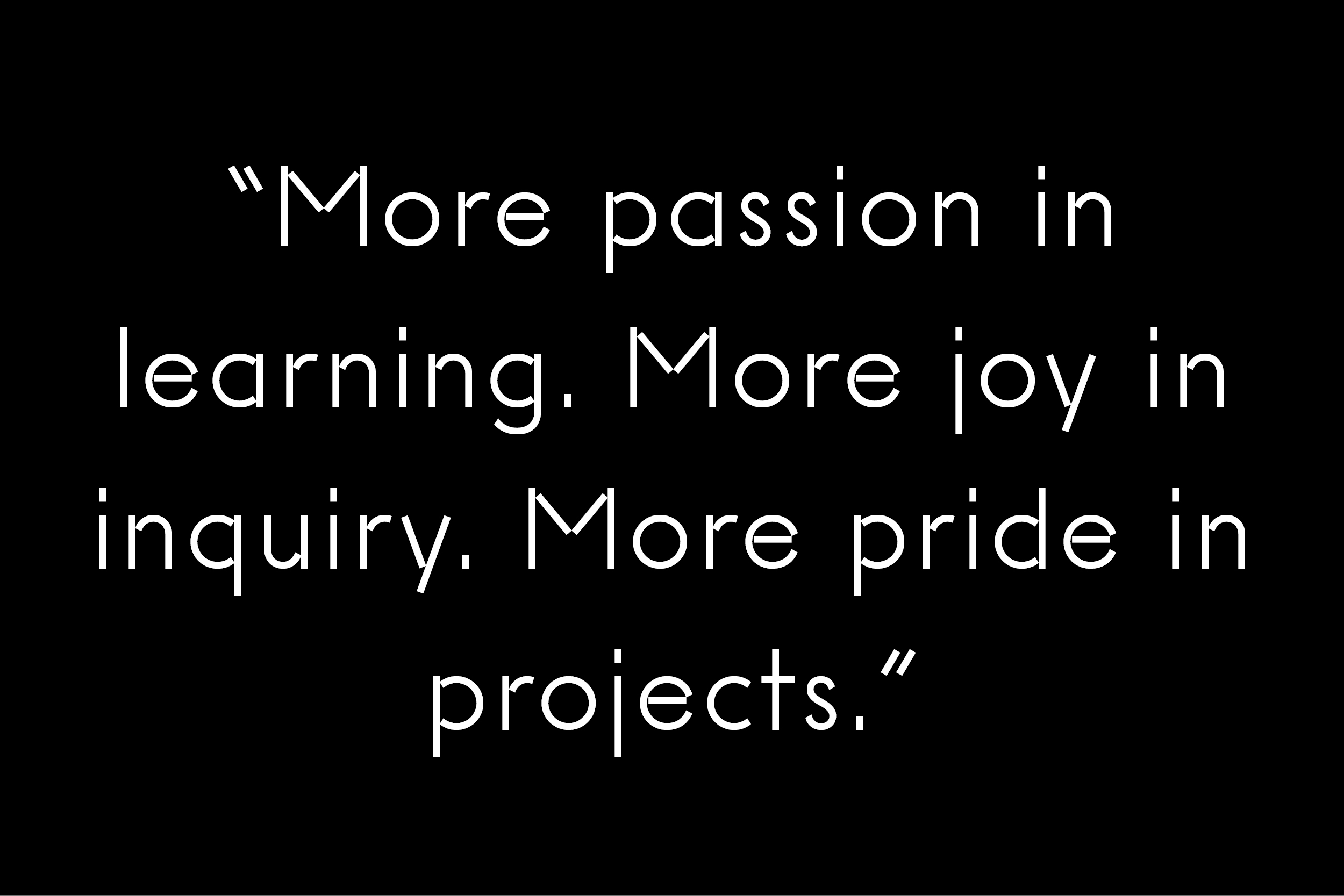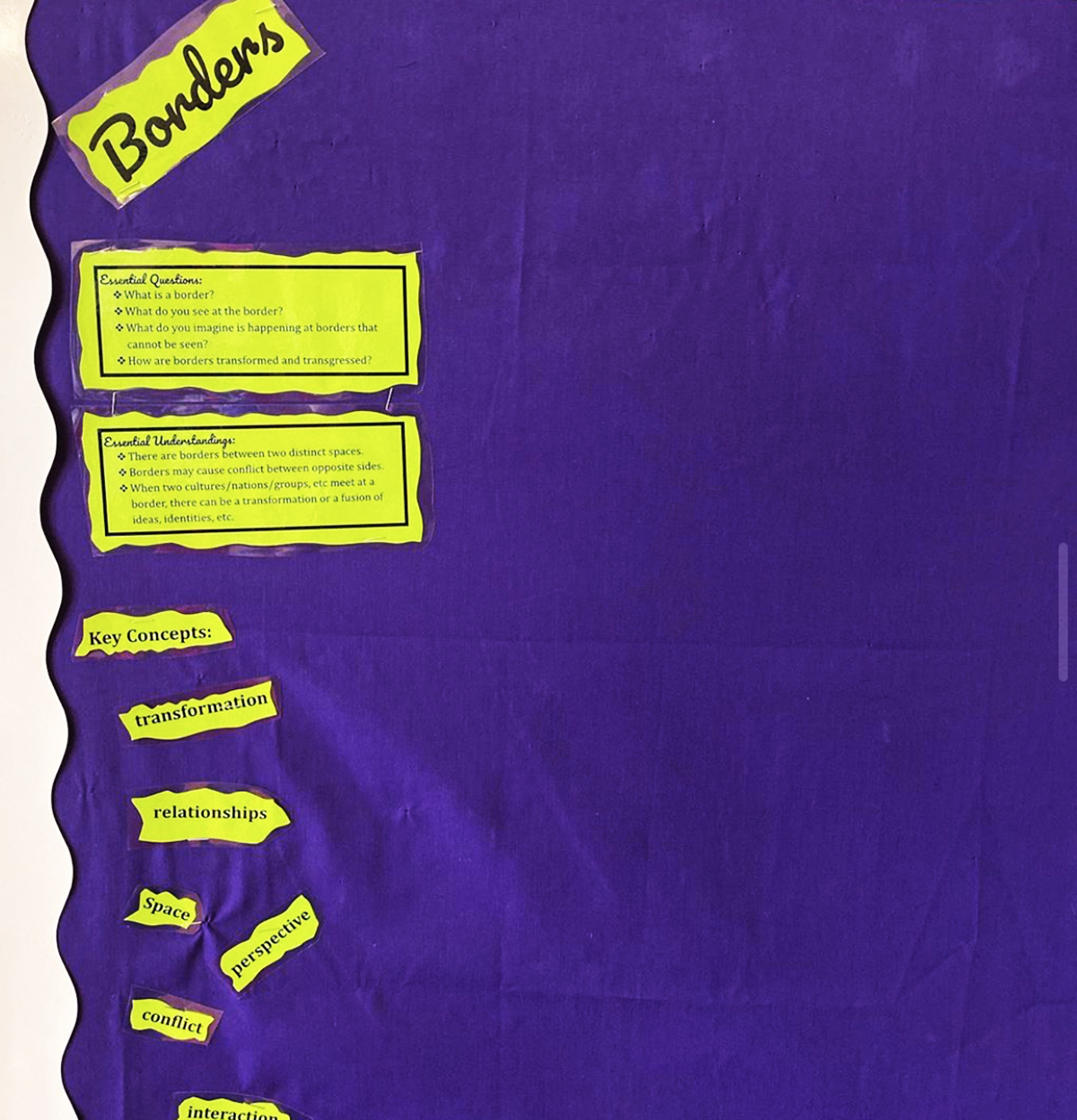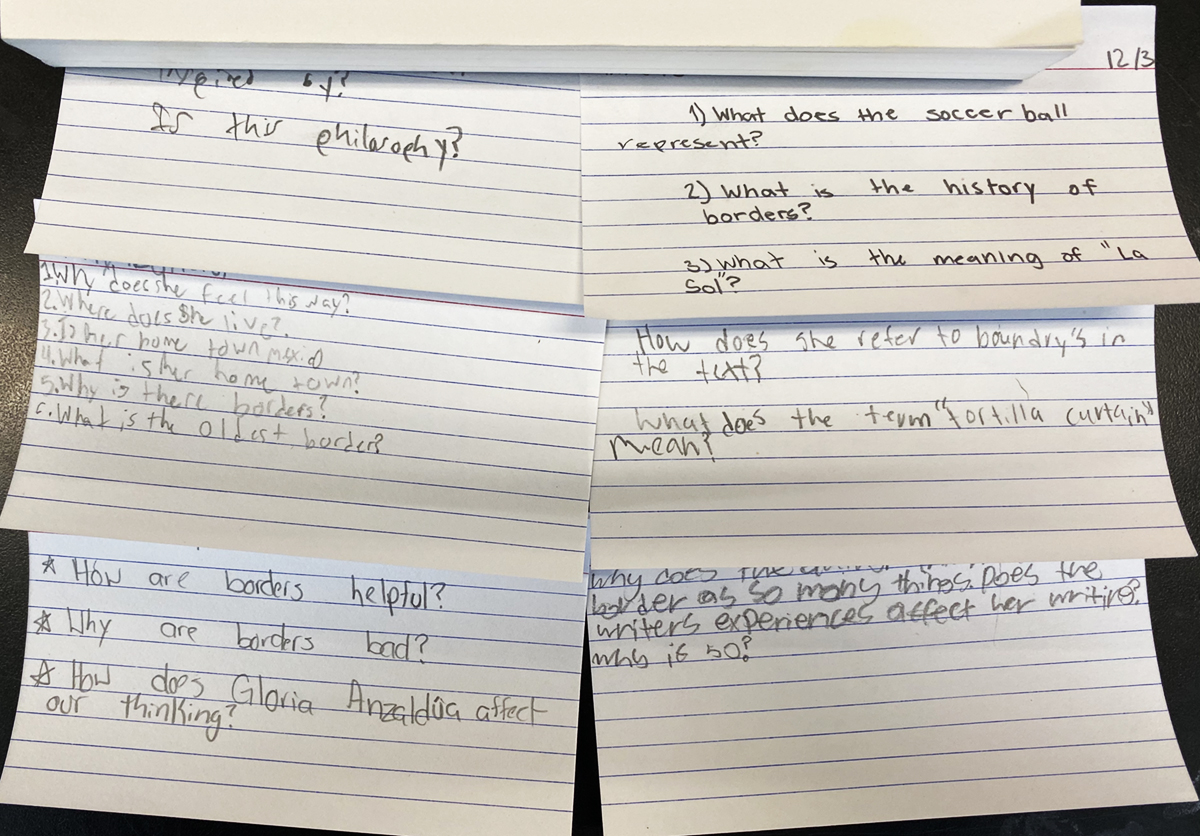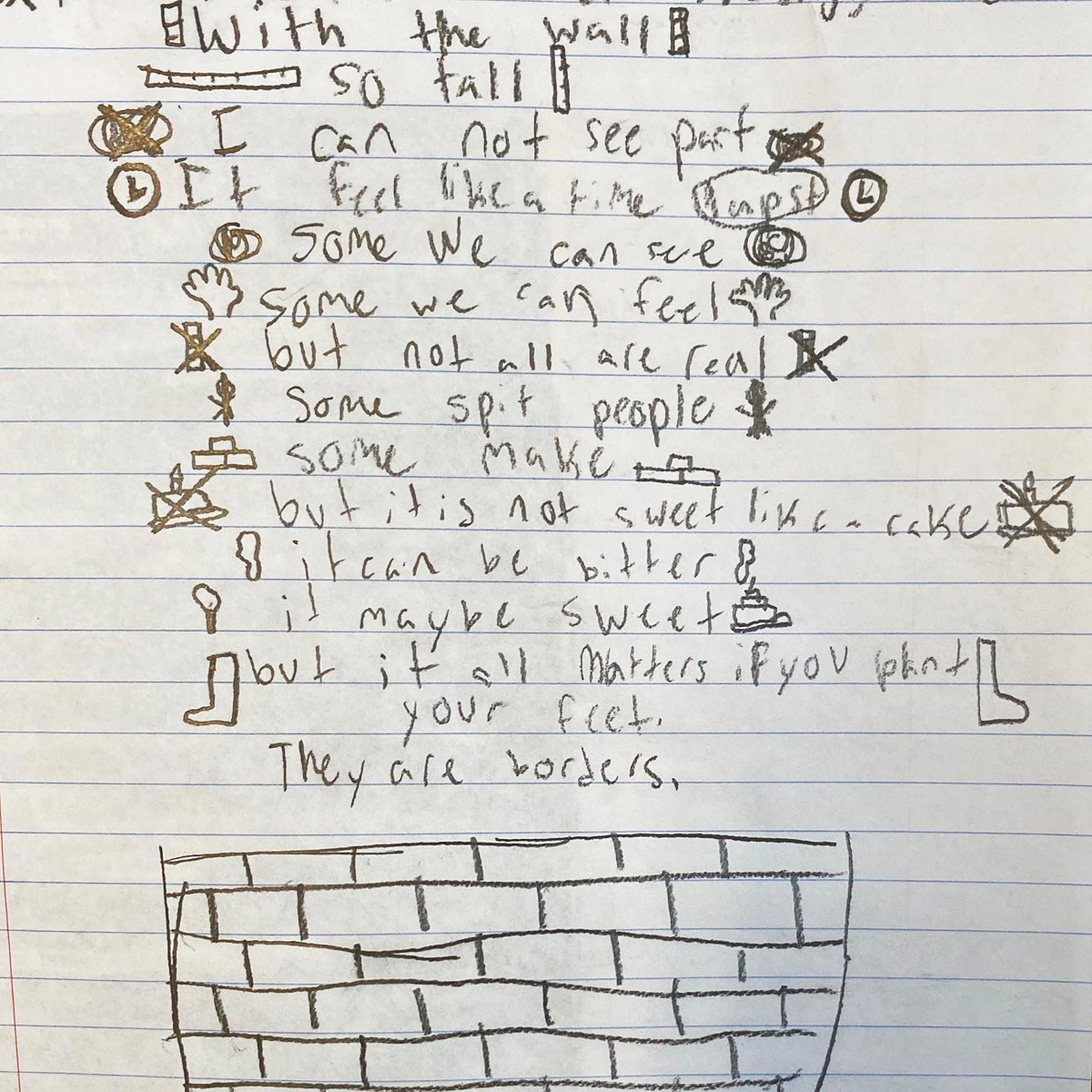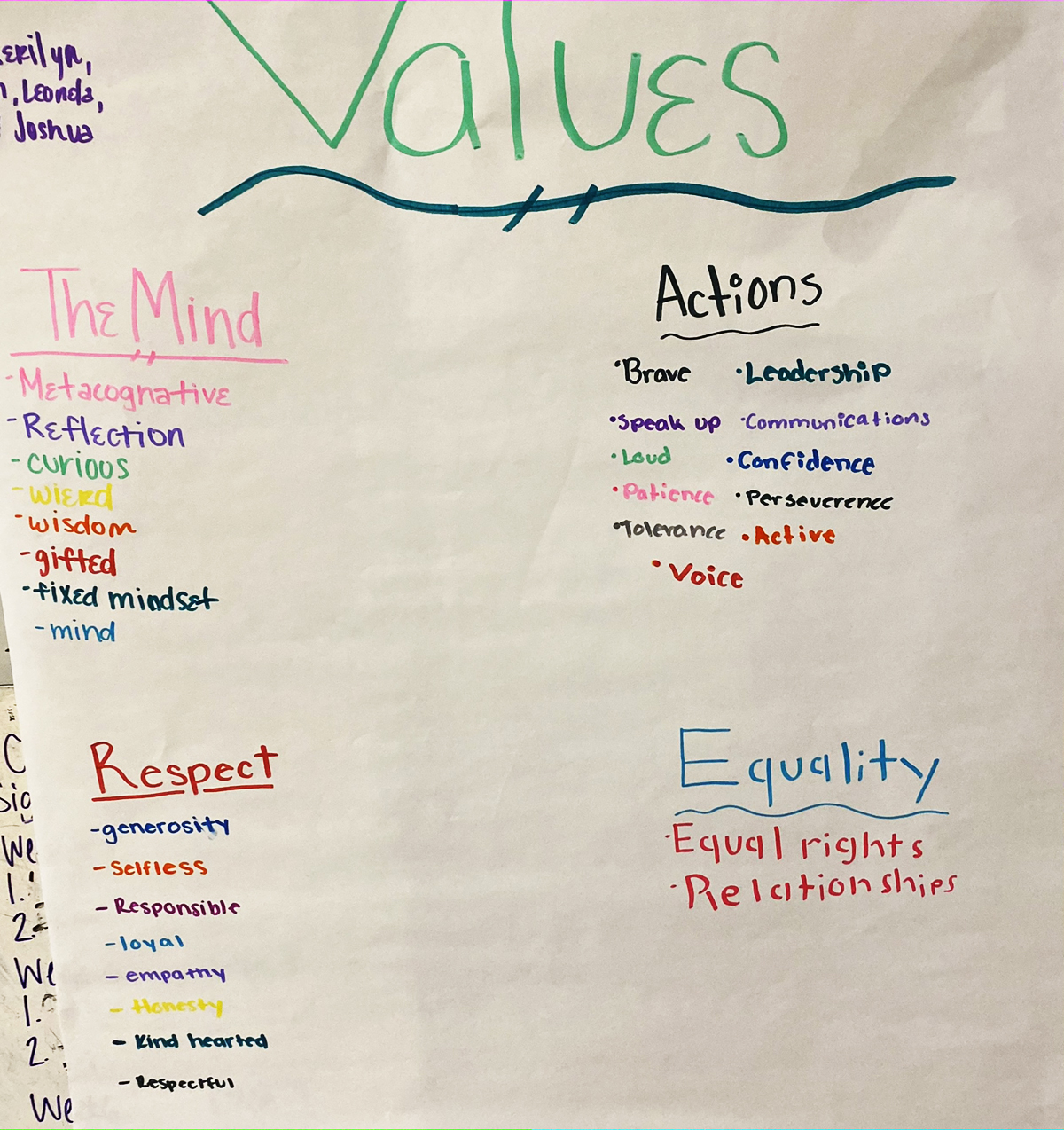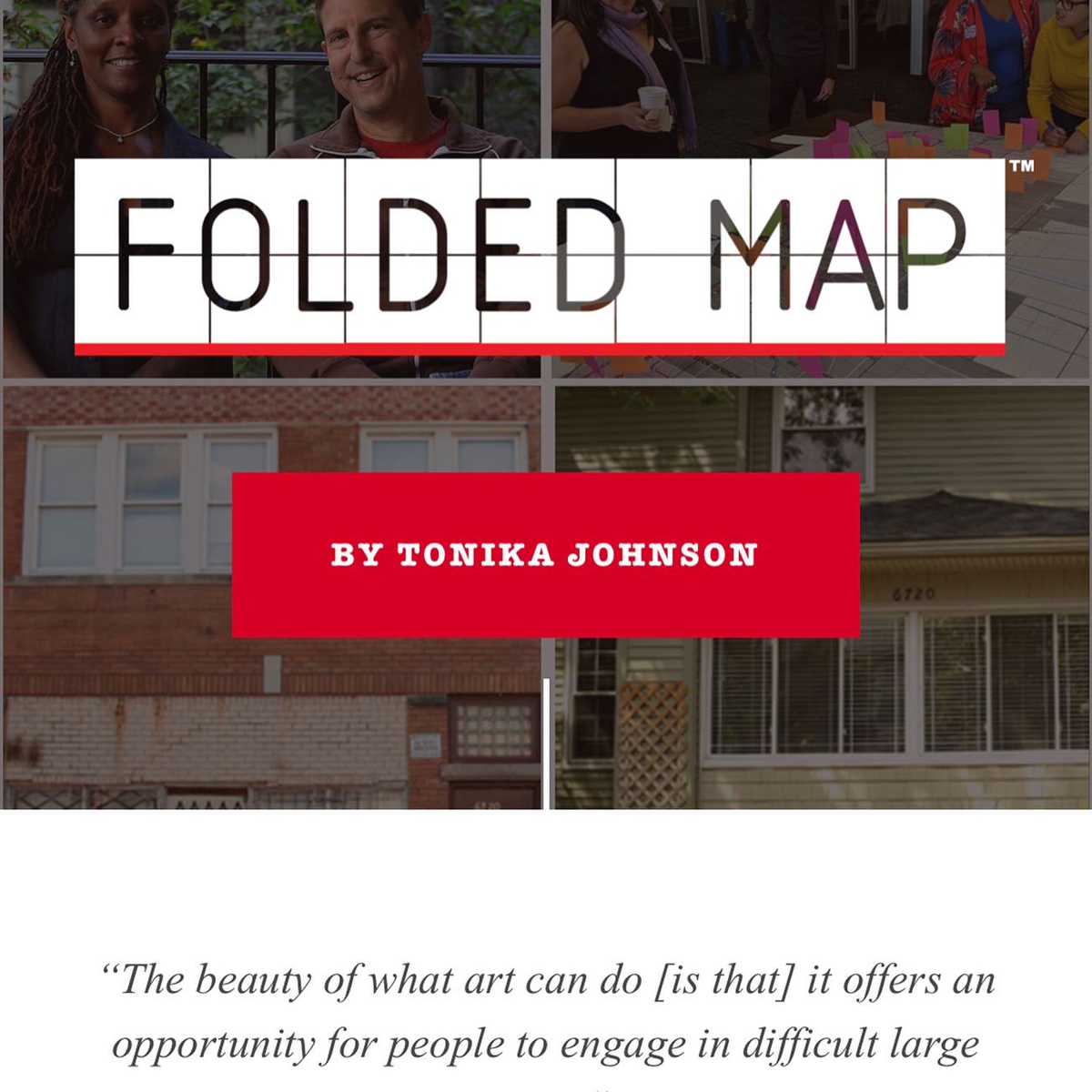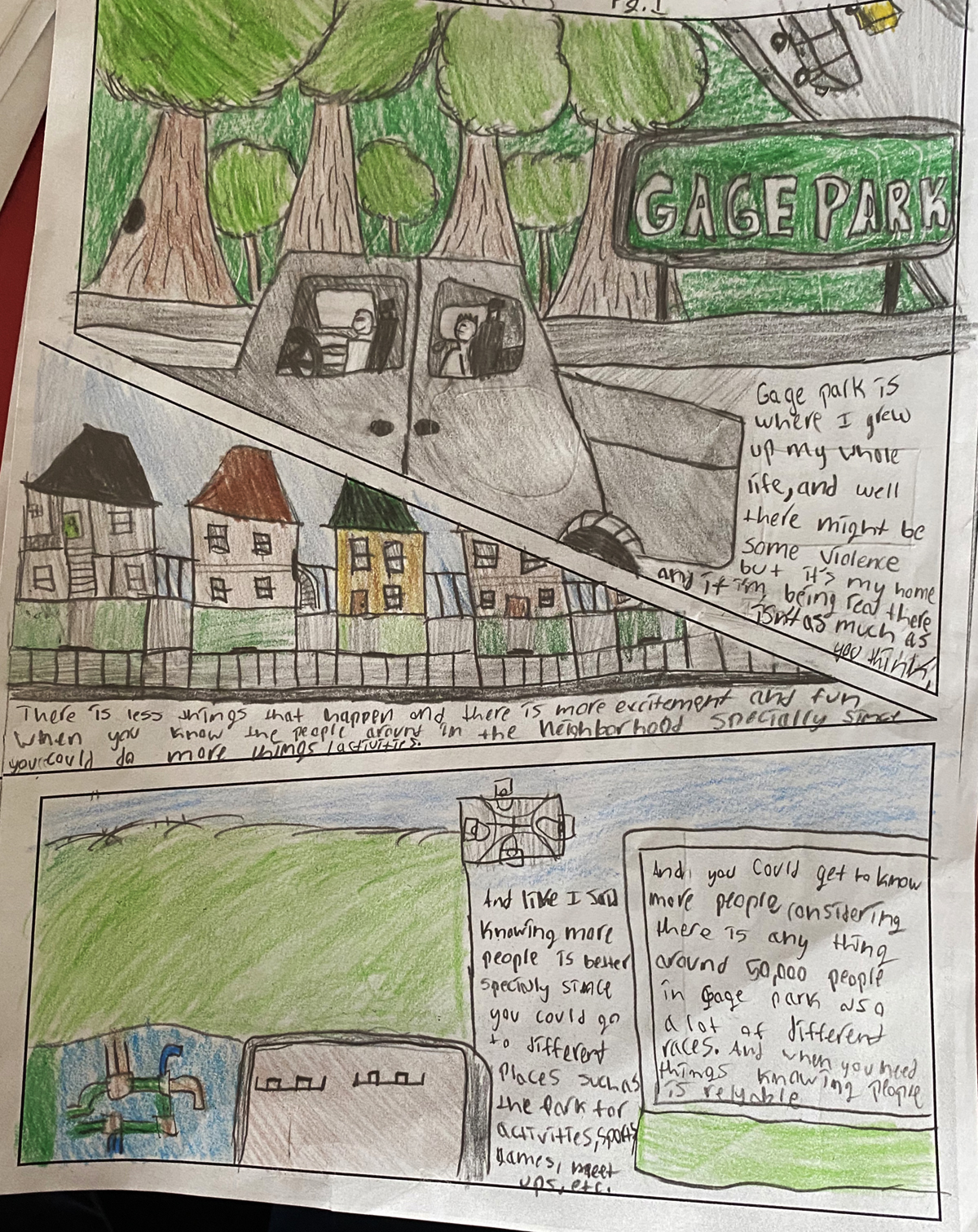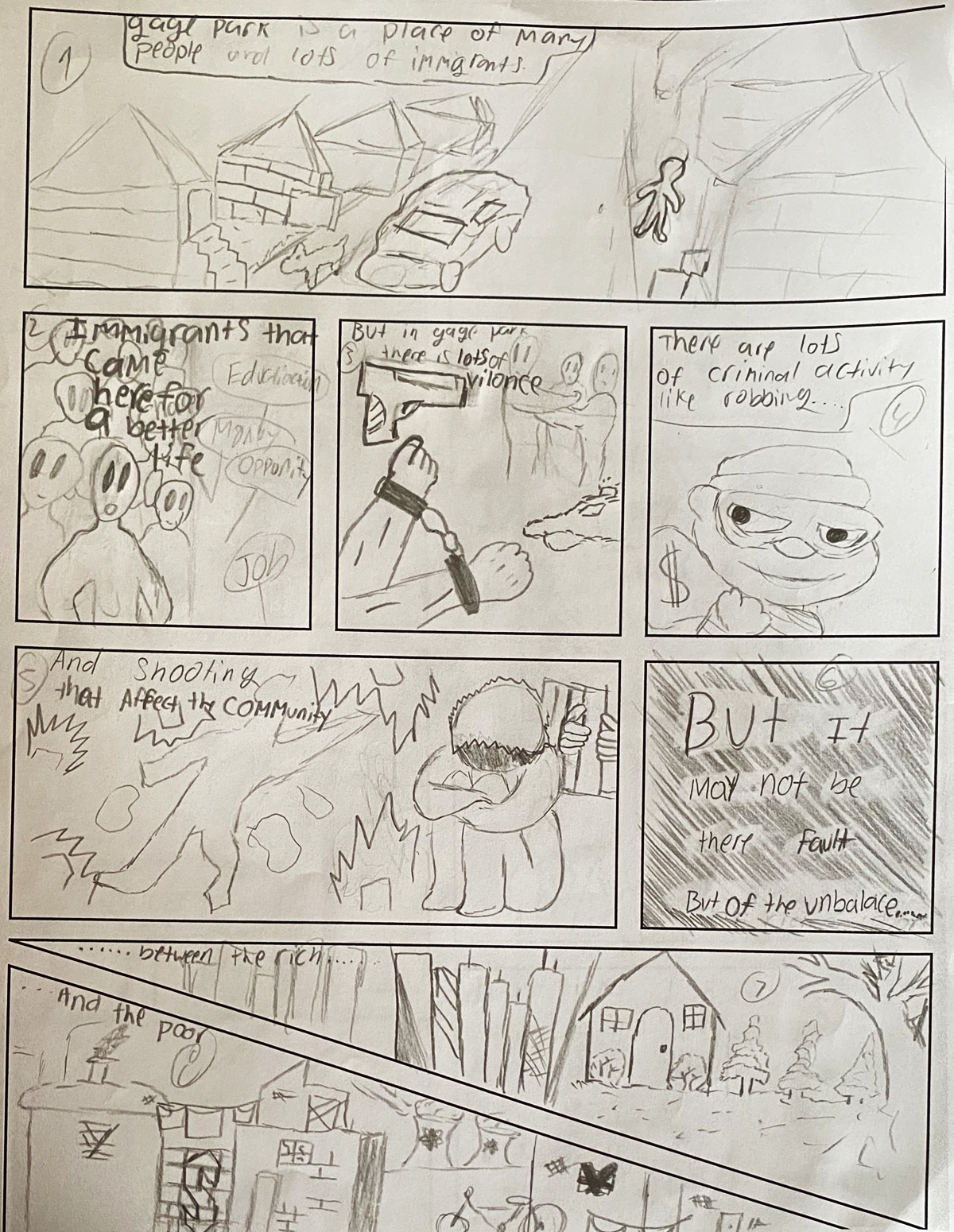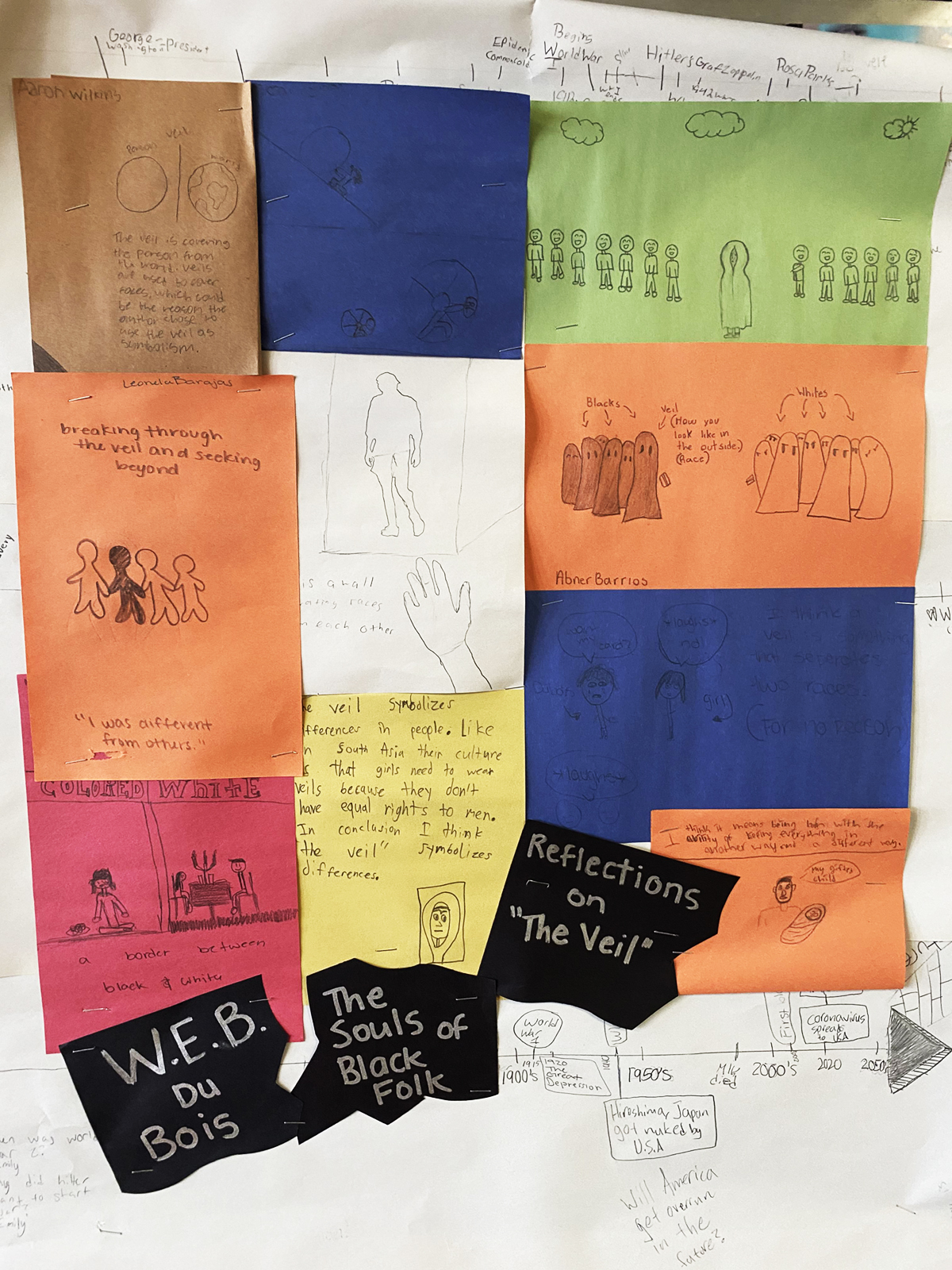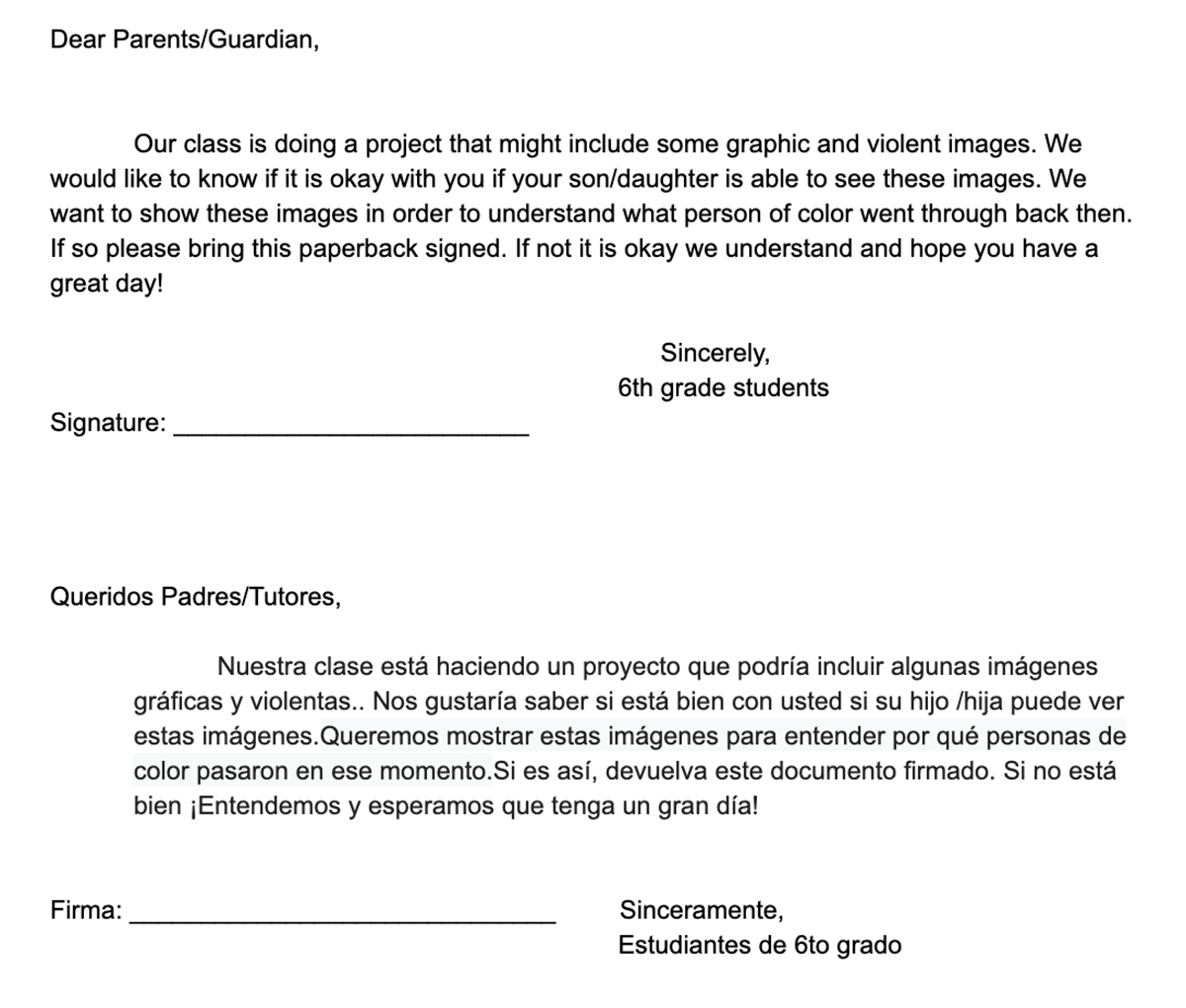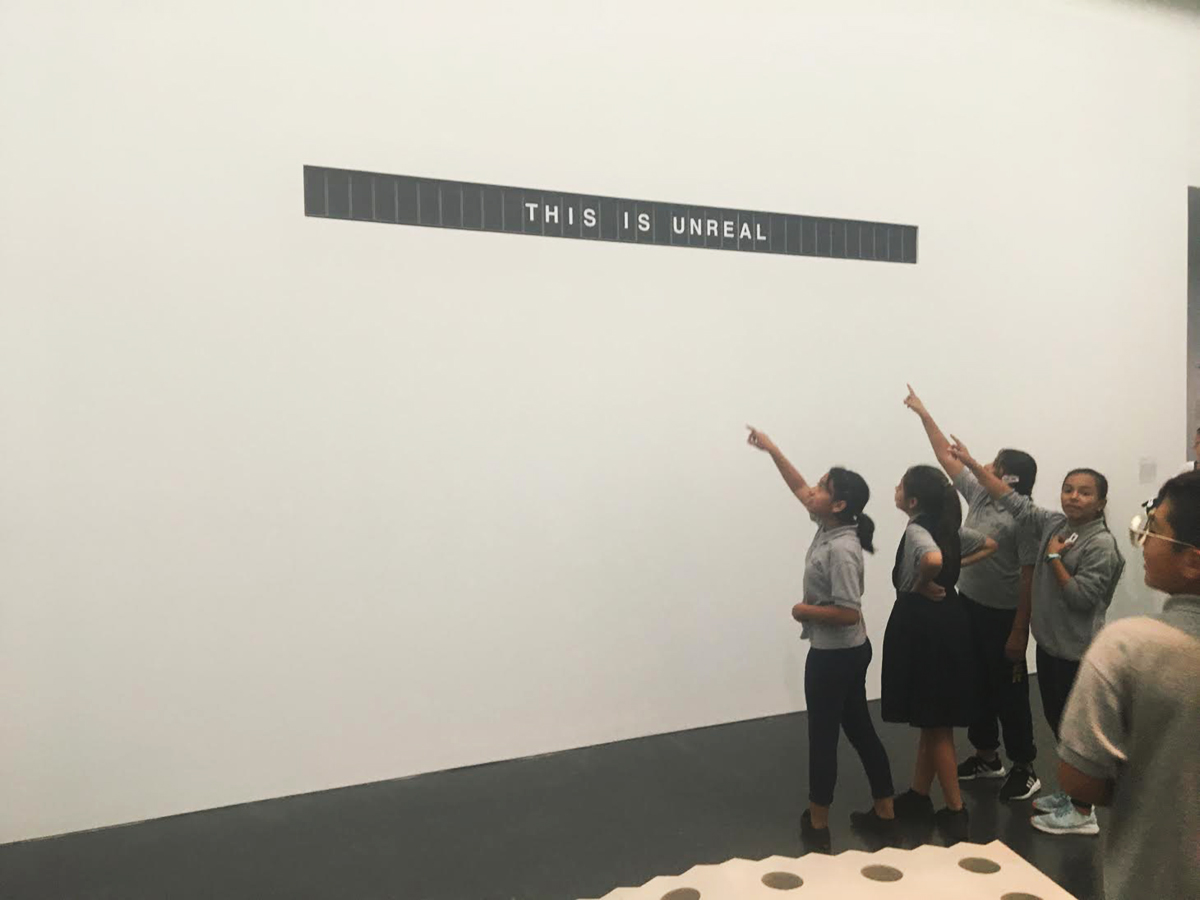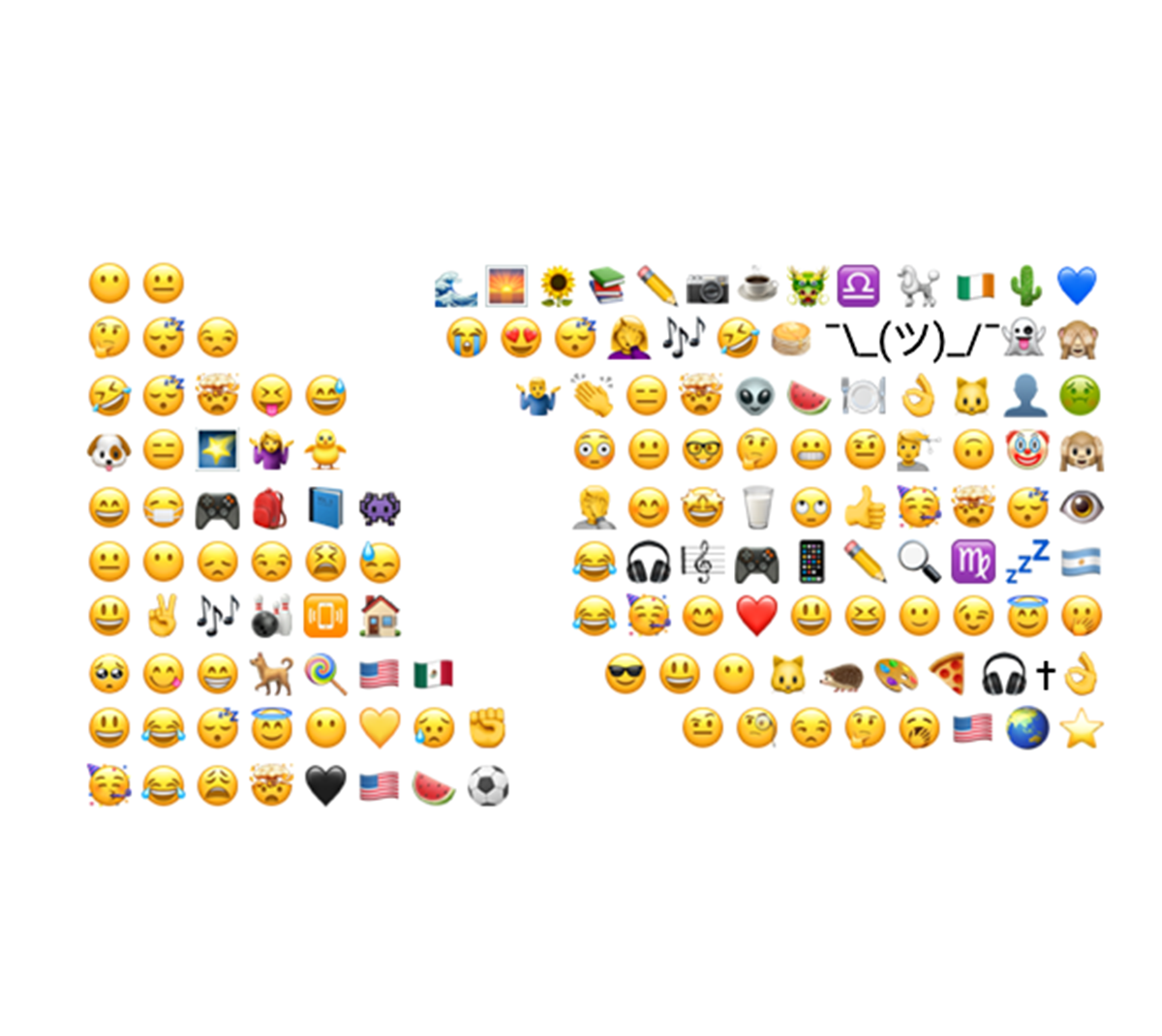
April 22, 2020
Earth Day
To me, the next time I feel deflated:
This year has been challenging. With the comedown of the teacher’s strike and a global pandemic, you feel exhausted. Overtesting and pre-teen apathy will cause you to question your calling more than you ever have in the past. You have questioned your motives, your efficacy, and your future in this profession.
The Border Between Before & The Beginning
I have had the privilege of standing before these students for the second year in a row. In collaboration with the other teachers gifted to teach at my working-class, southside school, I was able to sequence a two year cycle of learning, building on the environmental, catalyst, and civil rights units of their youth. In fifth grade our units were: Immigration, Human Rights, Genocide, and Environmental Justice. In sixth grade, I built on these topics with: Philosophy-the Self & Other, Borders, Race & Membership and a repetition of Environmental Justice. The purpose of this learning pathway is to give my students the vocabulary and background to recognize, describe, and analyze systems of oppression in their lives. By building connections between groups they are familiar with (most of my Latino students are first- or second-generation Americans), I hoped to prepare them to make connections with the systemic oppression of other races, non-normative genders, sexualities, nationalities, ethnicities, etc.
The initial goal of this project was to investigate borders, both physical and metaphysical, to increase my use of contemporary art, and (most importantly), to step back and give students more freedom and creativity in our classroom. My goal was not just to increase student agency, but expose them to skills and experiences not covered in the curriculum. My ambition was not just that they find their own voice, but that they become empowered to fight against injustice.
As a teacher, I have a strength in building routines, sequencing standards, creating interdisciplinary units, questioning my students, and holding them to high standards. However, the nurturing aspect of teaching does not come as natural to me and I wondered how I could inspire more passion in learning. More joy in inquiry. More pride in projects.
Every year, I seek critical feedback from my students. Every year, I find helpful tips to improve and expected complaints; I find thoughtful analysis, and kind words of encouragement. Last year I had the honor of receiving some hard feedback from one of my most diligent, hard working former-students. “Ms. Burke isn’t very good at taking care of people when they’re upset.”
The Plan in Action
I knew I wanted to officially give space to students developing creative projects in response to our second quarter Borders unit. Throughout the first quarter we read philosophical texts and explored our classroom’s values. Students began to experiment with collage as a means of expressing themselves, mixing words and pictures. This was a great experience because some students who have trouble producing were able to express complex ideas in this medium. We visited the MCA’s Virgil Abloh exhibition and students were tickled by the exhibit of Nike prototypes.
When we got to our Borders unit, students immediately began applying the philosophy concept “metaphysical” to these new concepts of borders. Many students used a lot of reflection time to think about the physical border between the US/Mexico, but others were more liberal with the concept, applying it to their own attitude towards work or observations from social experiences. I tried to honor student curiosity and questioning.
One major win of this year was successfully building a day each week in the writing curriculum dedicated to poetry. This was another opportunity to allow students to think more abstractly, be more obtuse, and it gave them a wide array of tools to express themselves as we learned about different types of figurative language, poetic devices, and styles of poetry. On occasion, we used poetry to reflect on our studies – like honoring a figure in African American history. Other times, students had more free reign to write a poem of free verse. We supplemented this work by visiting Open Books and the Poetry Foundation for poetry workshops.
As the year progressed, I think I became more adept at adding in contemporary art sources. Photographs were an especially useful tool as they double purpose themselves as primary sources.
Race & Membership
We transitioned between units with study of the novel No Small Plans, exploring the borders between neighborhoods. Students did research, shared information, and created stories in the form of comic vignettes to demonstrate their understanding of their reading. Students created a comic about one of their own experiences, or an imaginary story based on their research. These short stories were rich and multifaceted; they covered serious topics from gentrification and crime to pollution and class.
Our race and membership unit was a blitz through the systemic oppression African Americans have faced since 1619 (the year the first slave ship came to America). We were interviewed by the New York Times, we read W.E.B. DuBois, and created speeches about topics important to us after watching several speeches from the March on Washington. Students dazzled me with their ideas. They took up causes including equal rights for women, gun violence, climate change, racism, and anti vaxxers. As we approached the end of the quarter, students had excitedly designed final projects to teach each other about their book club books and independent research. Students were mature and thoughtful in their planning. Additionally, they created a plan to lead a march through the school in order to teach others about the history of racism and genocide on American soil.
The Digital Divide
Like everyone, I am slowly adjusting to this surreal reality. As we begin to come together as a community online, I am impressed by the positive attitude and resilience of my students. They are monitoring the news, learning a ton about the science behind the pandemic, keeping tabs on labor movements as a result of Amazon’s mistreatment, and following their independent interests. One student is doing a deep dive into the art of Haiku. They see the silver lining in reduced pollution and are excited about the freedom offered in this new remote learning format.
After the dust of my anxiety settled, I was able to open my eyes and appreciate the rabbithole I found myself in. While not every student is completing every assignment, the students who are completing work are delivering some amazing analysis. During lesson about LaQuan McDonald, a student stated, “Today's learning connects to the EQs/key concepts because the thoughts about black people was passed down by generation and the main reason was that Jason Van Dyke killed Laquan McDonald was because he was racist.”
I am excited about this opportunity to differentiate for students more than ever, and to provide feedback without many of the distractions (testing, grading, etc). I want to continue to incorporate art and inspire students to think creatively about reusing and repurposing materials in order to build prototypes and projects through this last quarter. With the recent Hilco demolition of a smokestack in Little Village and a global pandemic, environmental justice is as relevant as ever. I’m hoping to use photographs and video to push students' analysis and composition in a technologically relevant way. I vow to work hard to create collaborative spaces for them in this digital world. This is not without its own challenges, as not all my students have equal access to quality internet and devices. Like many others, some students know people with COVID-19 or have other situations that distract them from school. Surprisingly, here, learning to surf and convey meaning in this strange space, you find a moment of peace.
In reflections about community, students have been so kind and thoughtful. Their enthusiasm shines and gives me hope for the work we will be able to accomplish. I am inspired by their collective wisdom and the relationships that they have with each other. These students have repaired my faith in my efficacy. I leave you with these hopeful words from a reflective student:
“A lot of people are positive and are happy no matter what and they can be great role models for me and they hope everybody stay positive so if you like our community is very strong and our community is very powerful and we can overcome a lot of things. I also know that I can be on the roller coaster is where we have lost trust in each other but I know that that wasn't enough to break in a whole community”
With Love,
🌊🌅🌻📚✏️📷☕️🐲♎️ 🐩 🇮🇪🌵💙
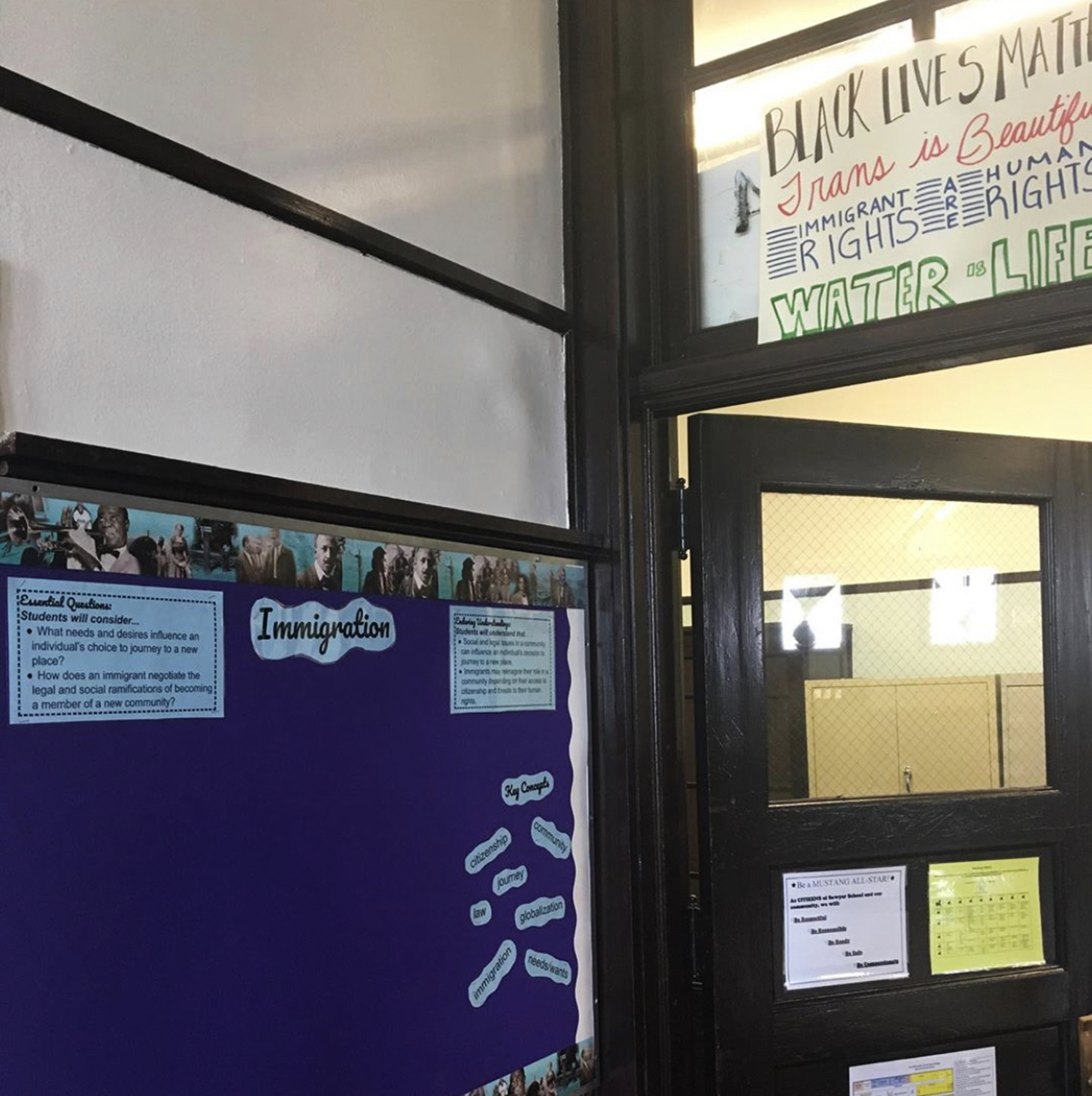
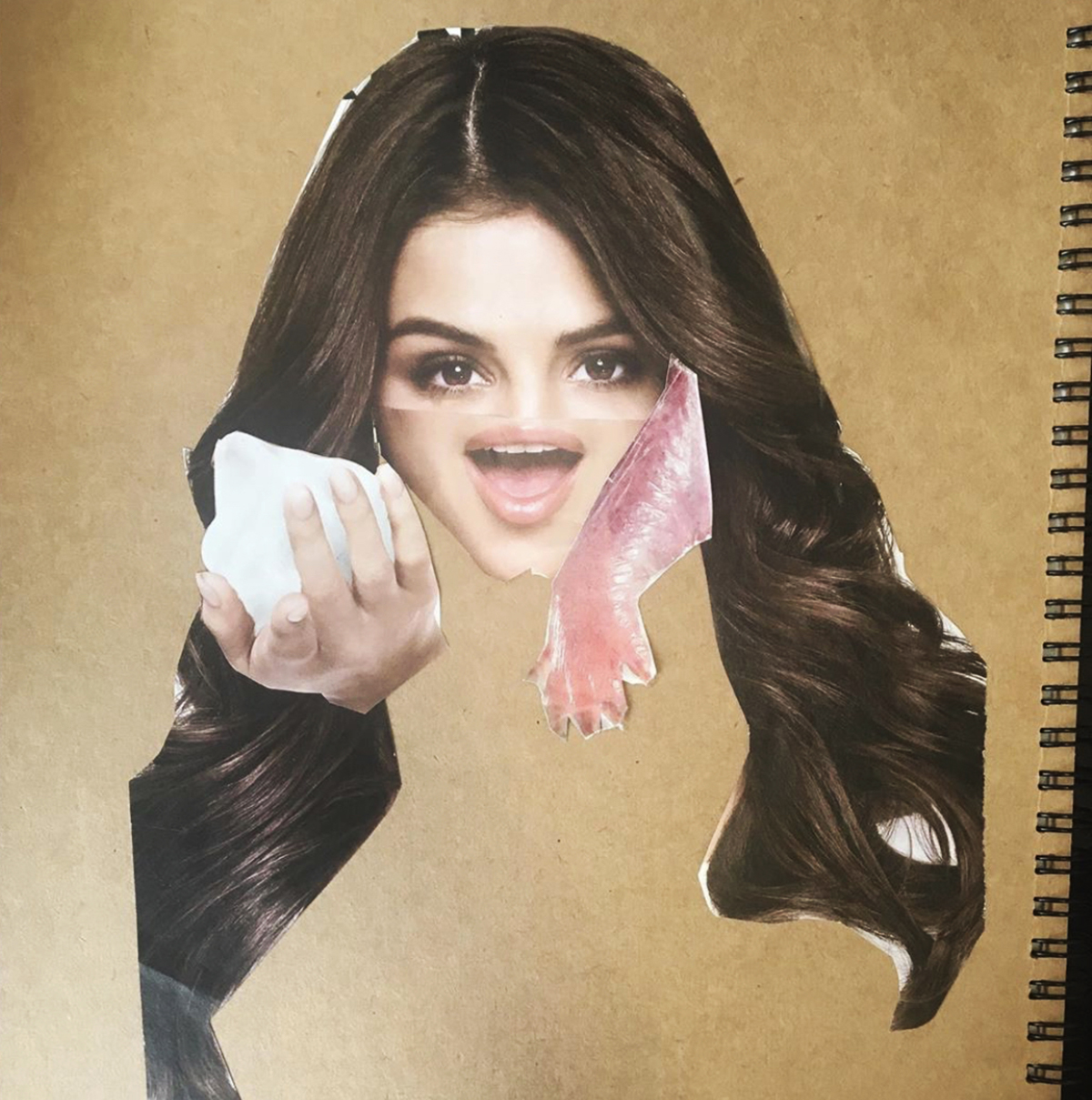
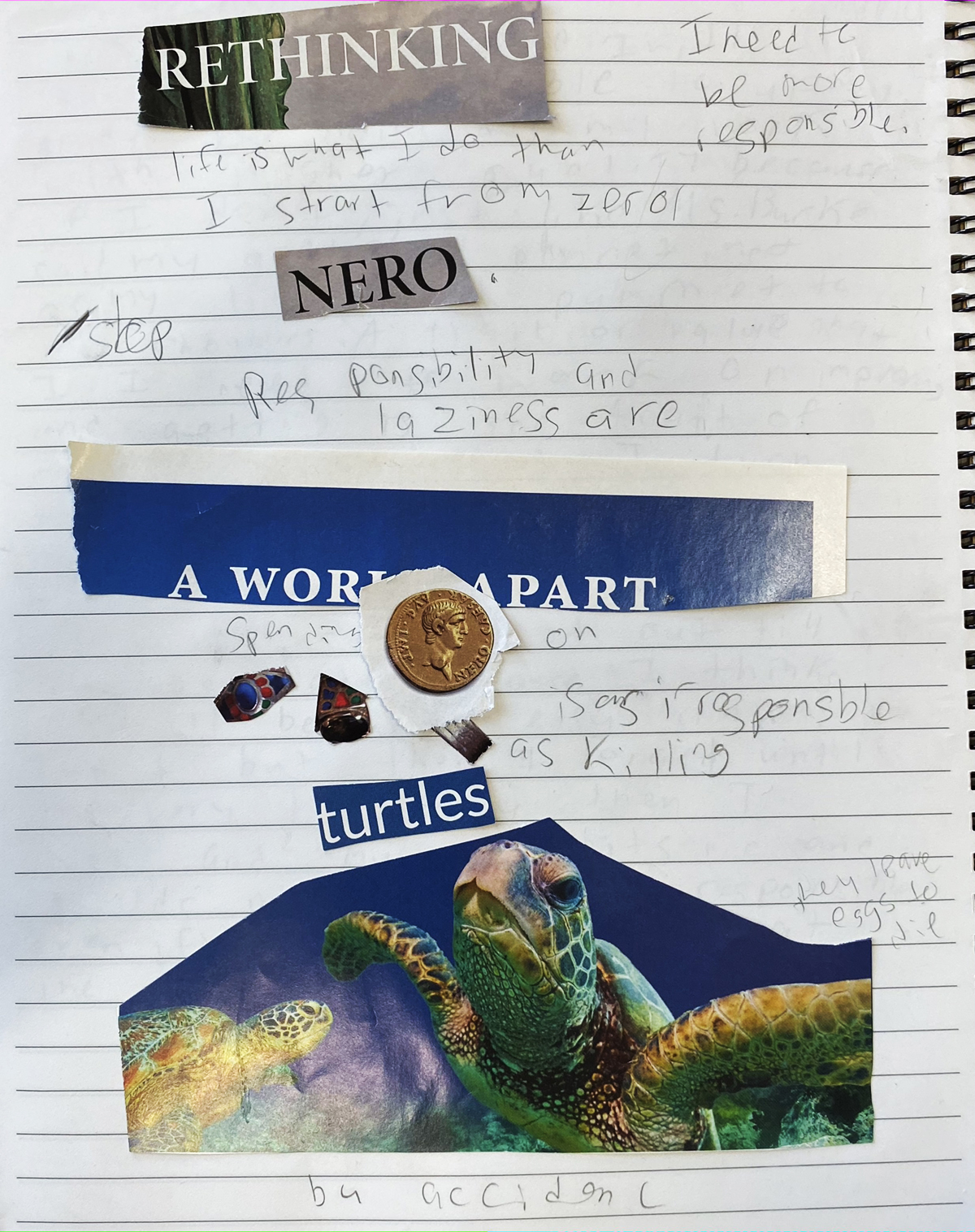
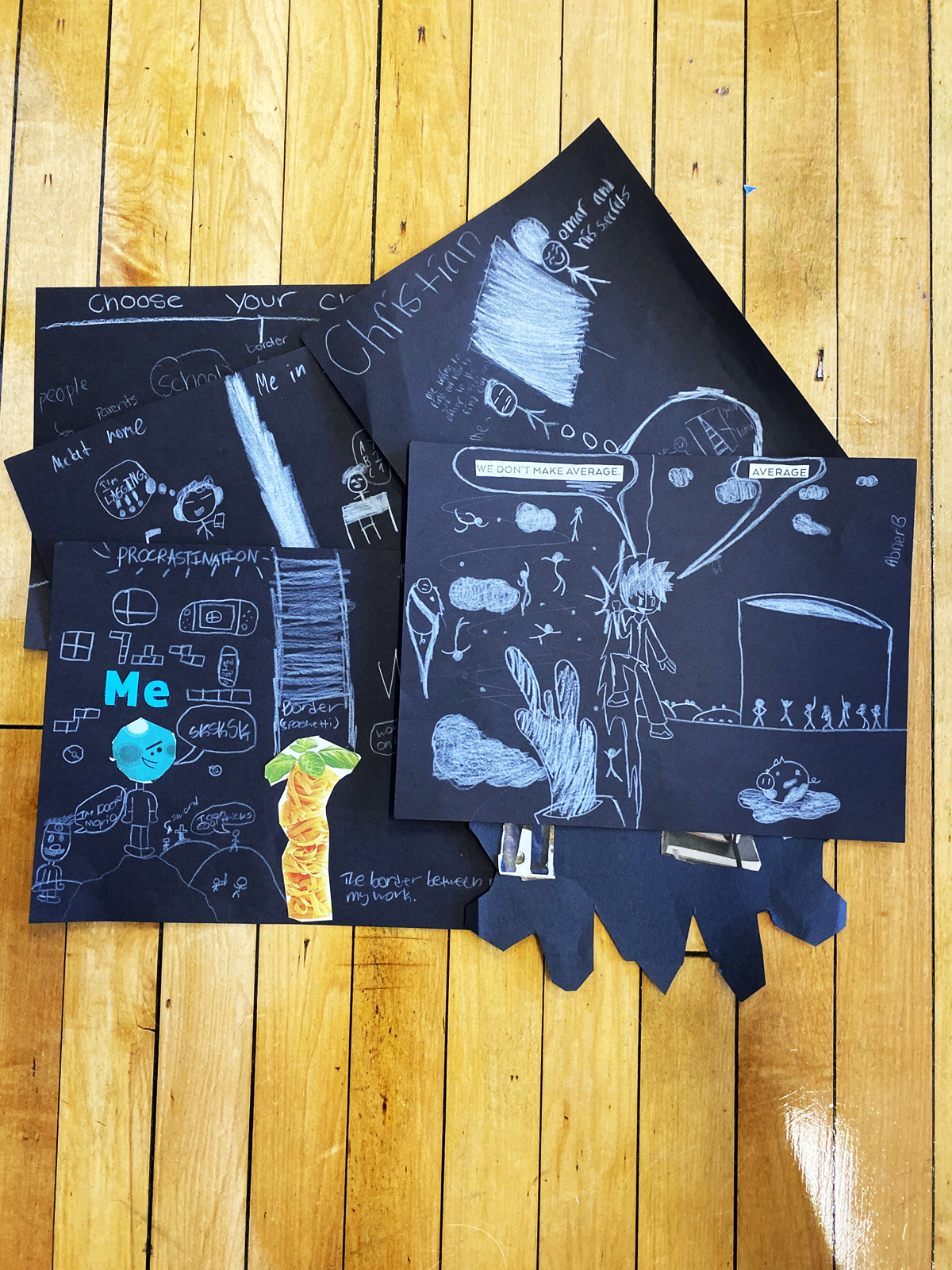
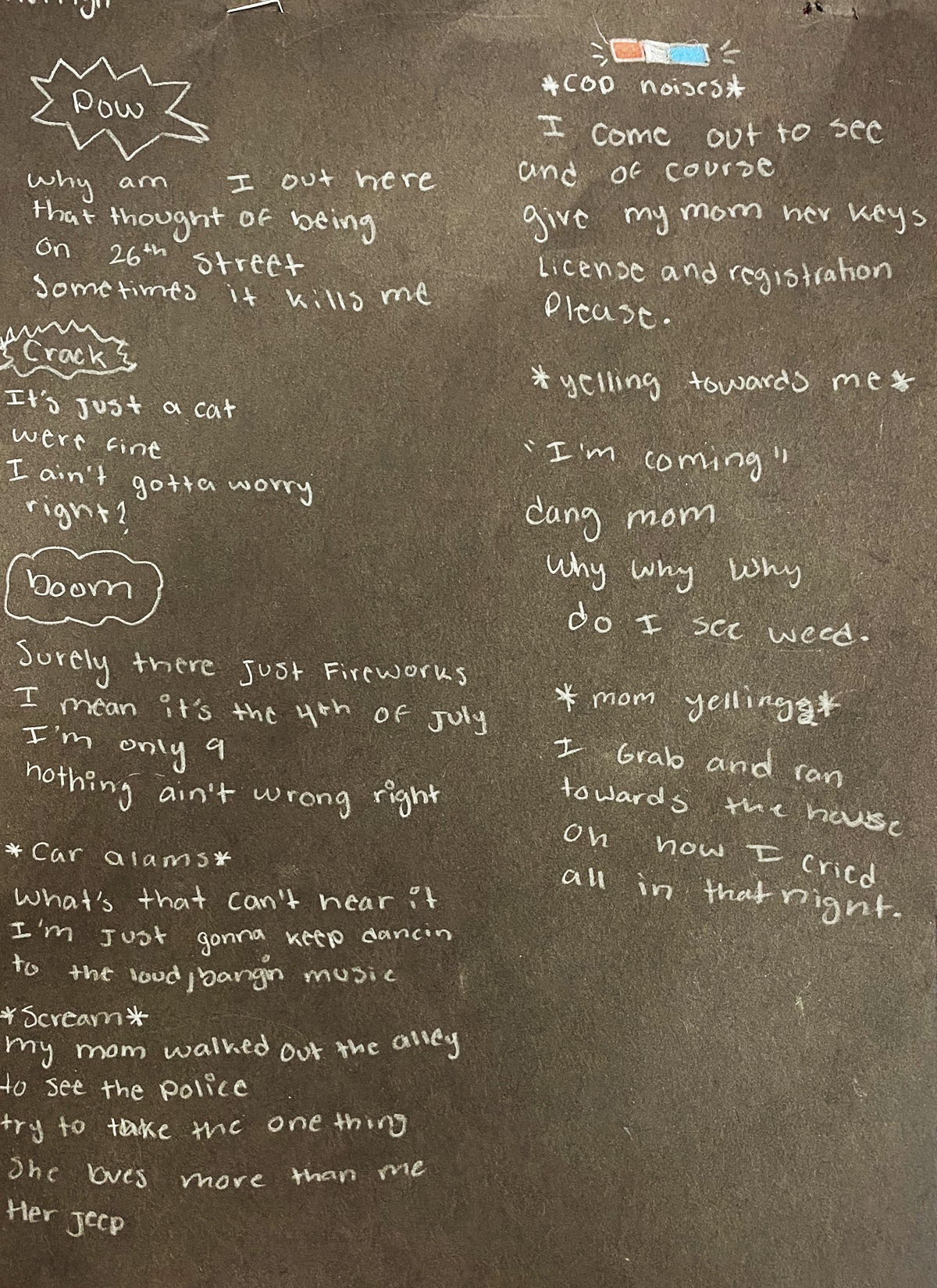
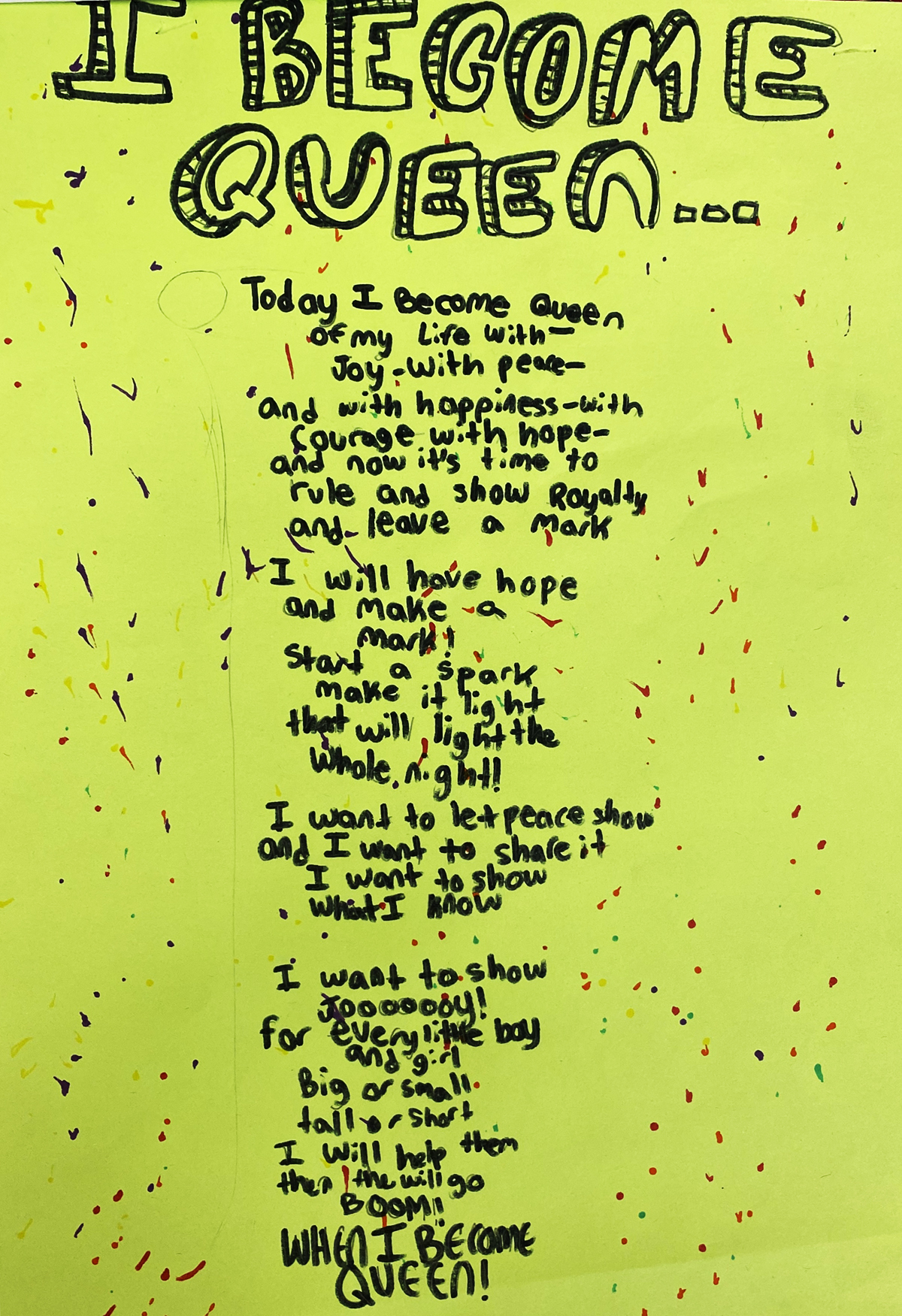
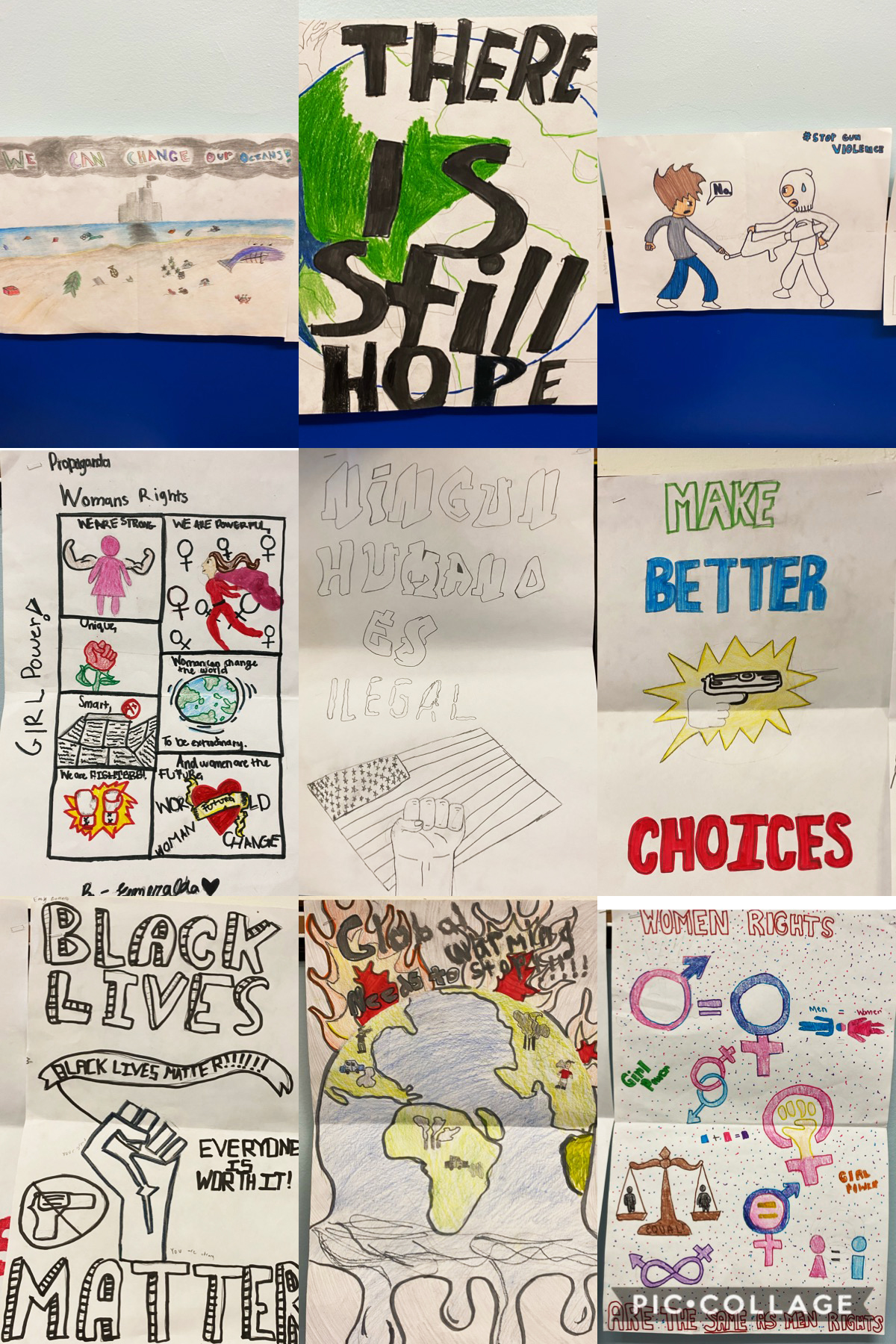
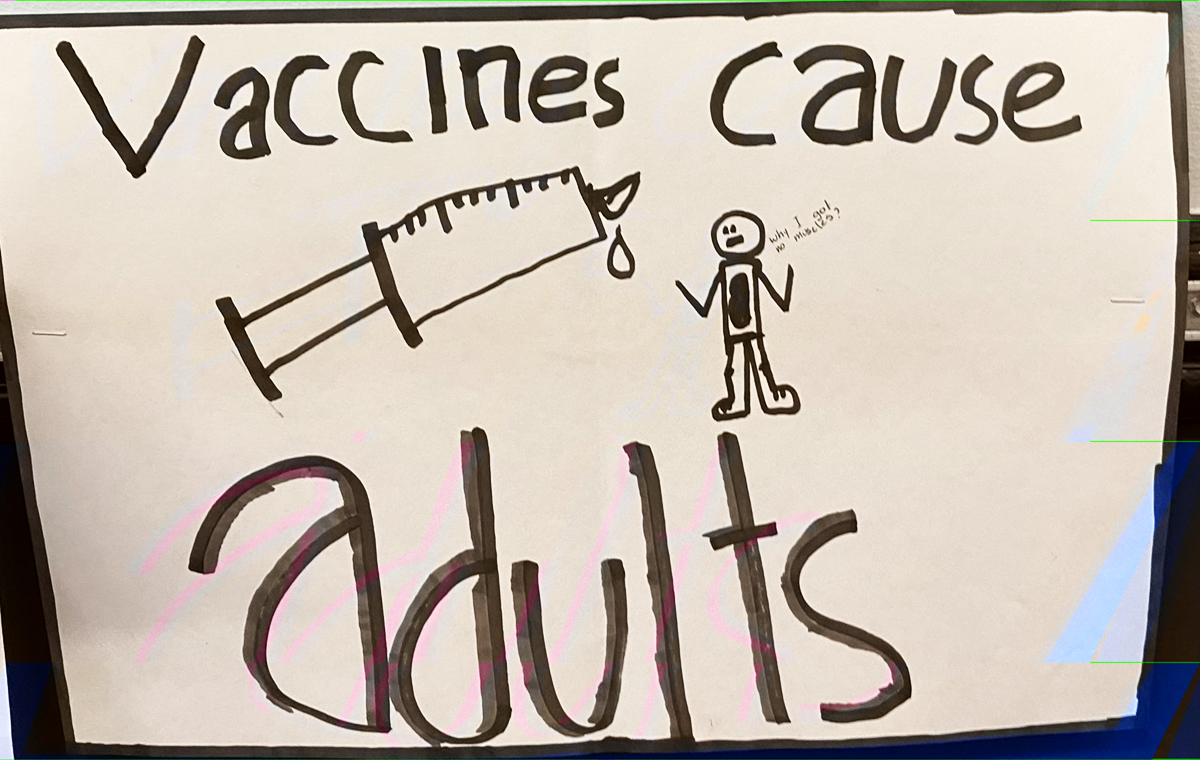
SEEK CRITICAL FEEDBACK
Want thoughtful analysis and kind words of encouragement? Helpful tips to improve and expected complaints? Look to your students. Invite them to offer feedback on your teaching and mentorship. It will help you and build their investment in the collective project of learning.
Niamh Burke
Sawyer Elementary
About Niamh Burke
Niamh Burke is a passionate Southside educator currently teaching 6th grade gifted at Sawyer Elementary. An immigrant herself, Niamh entered education after graduating from UChicago in order to serve her community and advocate for social justice. She has been a Javits-Frasier Scholar and won fellowships through CFE, Fund For Teachers, Cities of Peace, and the Newberry Library. Outside of the classroom, Niamh (Neeve) enjoys traveling, writing, and hanging out with the fur fam.
